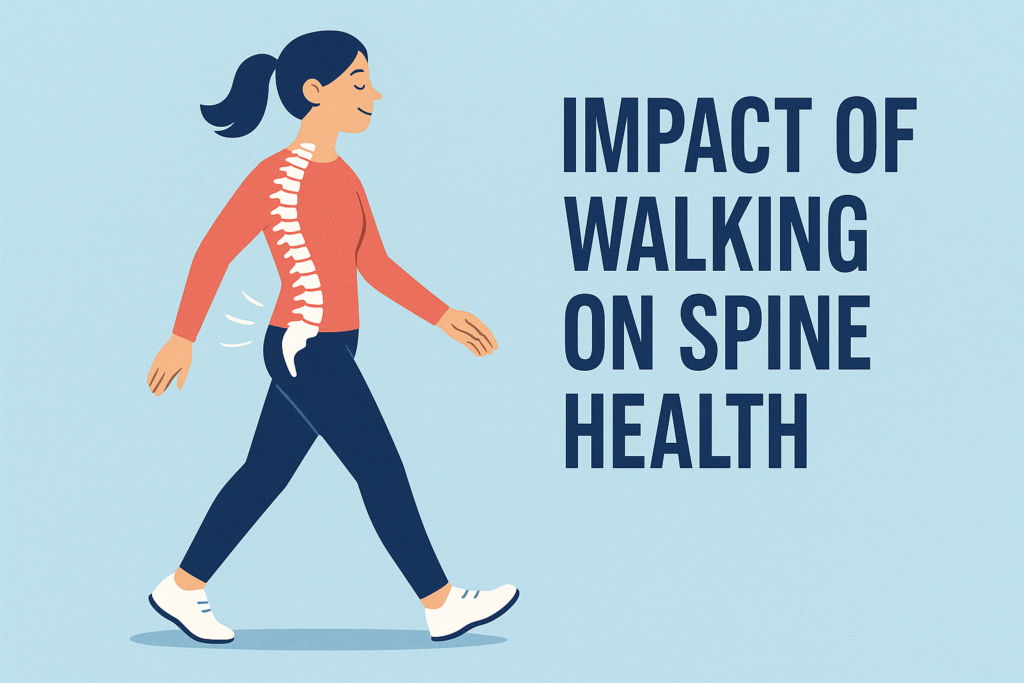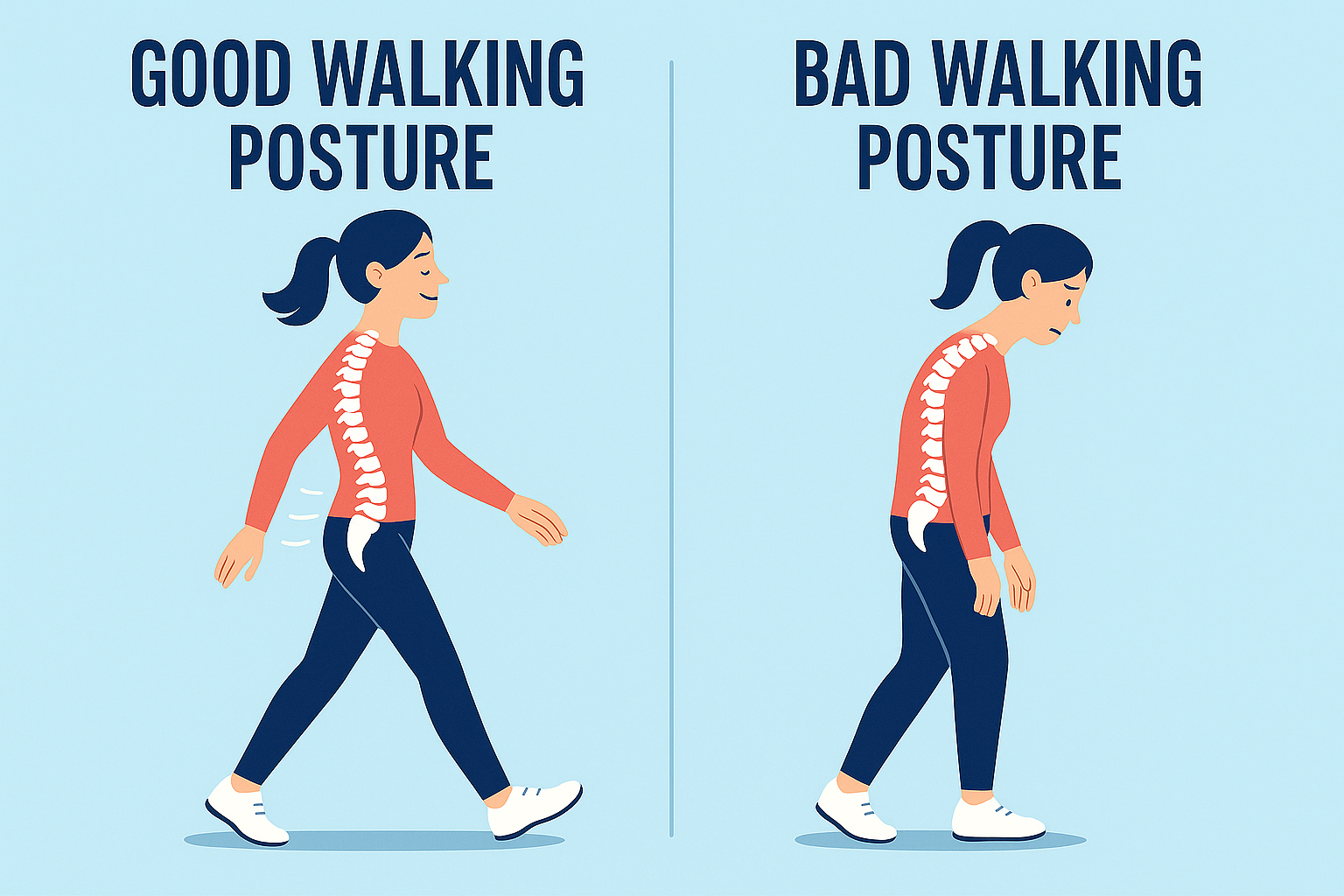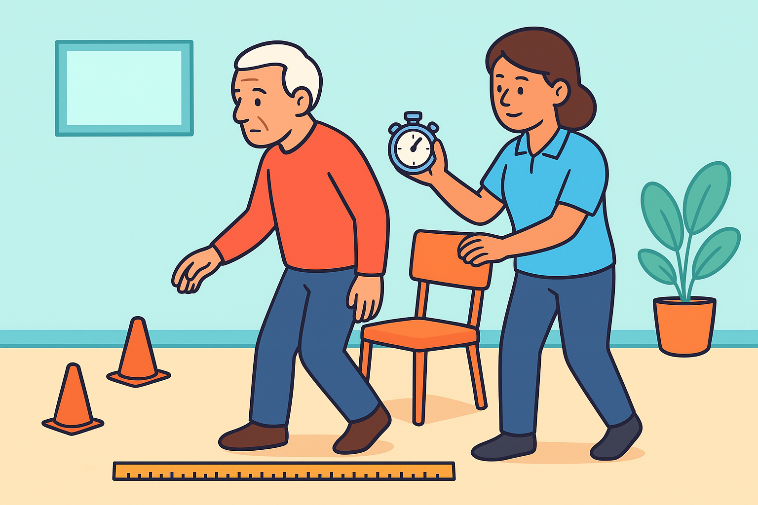The impact of walking on spine health is both significant and multifaceted. As a fundamental form of human movement, walking plays a crucial role in supporting spinal alignment, enhancing mobility, and promoting overall musculoskeletal health. This article explores the intricate relationship between walking and spinal well-being, highlighting its biomechanical, physiological, and therapeutic benefits.
Biomechanical Benefits of Walking for Spine Health
- Spinal Muscle Activation: Walking activates the spinal muscles, including the erector spinae and transversus abdominis, which play a crucial role in maintaining spinal stability and posture.
- Intervertebral Disc Nutrition: Walking promotes the diffusion of nutrients and waste products in and out of the intervertebral discs, maintaining disc health and reducing the risk of degenerative disc disease.
- Spinal Joint Mobility: Regular walking helps maintain spinal joint mobility, reducing stiffness and improving range of motion
Therapeutic Effects of Walking on Spine Health
- Chronic Low Back Pain Management: Studies have consistently shown that walking can reduce chronic low back pain by improving spinal mobility, strengthening core muscles, and promoting relaxation.
- Spinal Decompression: Walking can help decompress the spine, reducing pressure on the intervertebral discs and facet joints.
- Improved Balance and Coordination: Regular walking can improve balance and coordination, reducing the risk of falls and injuries.
Physiological Mechanisms Underlying the Benefits of Walking for Spine Health
- Increased Blood Flow: Walking increases blood flow to the spinal muscles, discs, and joints, promoting healthy tissue function and reducing inflammation.
- Muscle Strengthening: Regular walking strengthens the muscles that support the spine, improving posture and reducing strain on the back.
- Neuroplasticity: Walking can promote neuroplasticity, improve spinal cord function, and reduce pain perception.
Optimizing Walking for Spine Health
- Proper Footwear: Wearing shoes with good arch support and cushioning can reduce strain on the spine and promote comfortable walking.
- Posture and Technique: Maintaining good posture and walking technique can help reduce the risk of back pain and injury.
- Gradual Progression: Gradually increasing walking duration and intensity can help improve spinal health and reduce the risk of overuse injuries.
Recommended Walking Guidelines for Different Populations
- Children (5-12 years): Aim for at least 60 minutes of moderate-to-vigorous physical activity per day, including walking. Encourage play-based activities and outdoor play to promote spinal health and overall development.
- Adolescents (13-18 years): Aim for at least 60 minutes of moderate-to-vigorous physical activity per day, including walking. Encourage regular walking to school, sports, or other activities to promote spinal health and overall fitness.
- Adults (19-64 years): Aim for at least 150 minutes of moderate-intensity aerobic physical activity per week, including walking. Aim for 7,000 to 10,000 steps per day to promote spinal health and reduce the risk of chronic diseases.
- Older Adults (65+ years): Aim for at least 150 minutes of moderate-intensity aerobic physical activity per week, including walking. Incorporate balance and strength training exercises to reduce the risk of falls and promote spinal health.
- Spinal Problem Patients:Consult with a healthcare professional to develop a personalized walking program that takes into account the specific spinal condition and any necessary modifications or precautions.
Conclusion
Walking is a complex activity that has multifaceted effects on spine health. Understanding the biomechanical, physiological, and therapeutic implications of walking on spinal well-being allows individuals to optimize their technique and routine for better outcomes. By recognizing the impact of walking on spine health, people can make informed choices to reduce the risk of back pain and improve spinal function. Following recommended walking guidelines for different populations further enhances these benefits, promoting both spinal health and overall well-being.
About Authors
Dr. Muhammad Mahmood Ahmad is a Spinal as well as an Orthopedic Surgeon with over 14 years of experience currently practicing at Razia Saeed Hospital, Multan.









